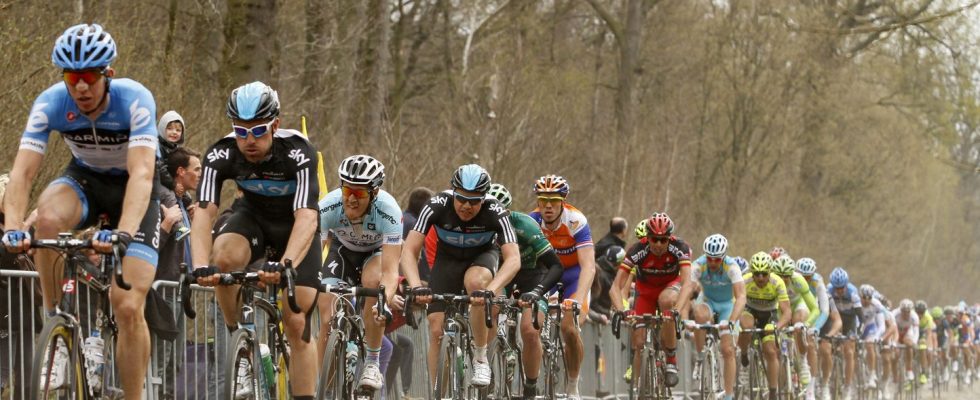If Paris-Roubaix is the most legendary of the Cycling Classics, the Arenberg gap is certainly the most legendary of its paved areas. It is also the biggest difficulty of the course, the one where the race is sometimes played out and the one where falls often occur. A tricky straight line, made up of brittle cobblestones, with no escape for the peloton. While the goats are busy weeding the area, the organizers are thinking of a solution to slow down the peloton when it arrives on Sunday.
“The principle is to find turns before the Arenberg gap to lengthen the peloton and make it slow down. We estimate that we can halve the speed,” indicated race director Thierry Gouvenou. From a usual speed of 60 km/h, runners should enter Arenberg at 30-35 km/h. “It will be less risky,” he added, specifying that the idea was “not yet validated”.
“The runners are really traumatized”
This chicane, just at the entrance to this strategic and legendary place in the Queen of Classics, responds to a request from the riders’ union after a terrible fall last Wednesday in Across Flanders. Several runners fell heavily, including the Belgian Wout van Aert, victim of multiple fractures to a collarbone, seven ribs and the sternum.
“You should know that at the moment the runners are really traumatized,” underlined Thierry Gouvenou. He finds the request all the more “logical” as he himself has raced Paris-Roubaix twelve times. “Every time I got there I wondered how I was going to get out. When we arrive here, we play a little Russian roulette. »
In addition to the intrinsic danger of Arenberg, there are “complicated” conditions for runners on all the paved sectors. “We see that it is extremely delicate. There is a lot of mud. […] It’s true that today it’s really slippery and tricky,” declared the race director.

